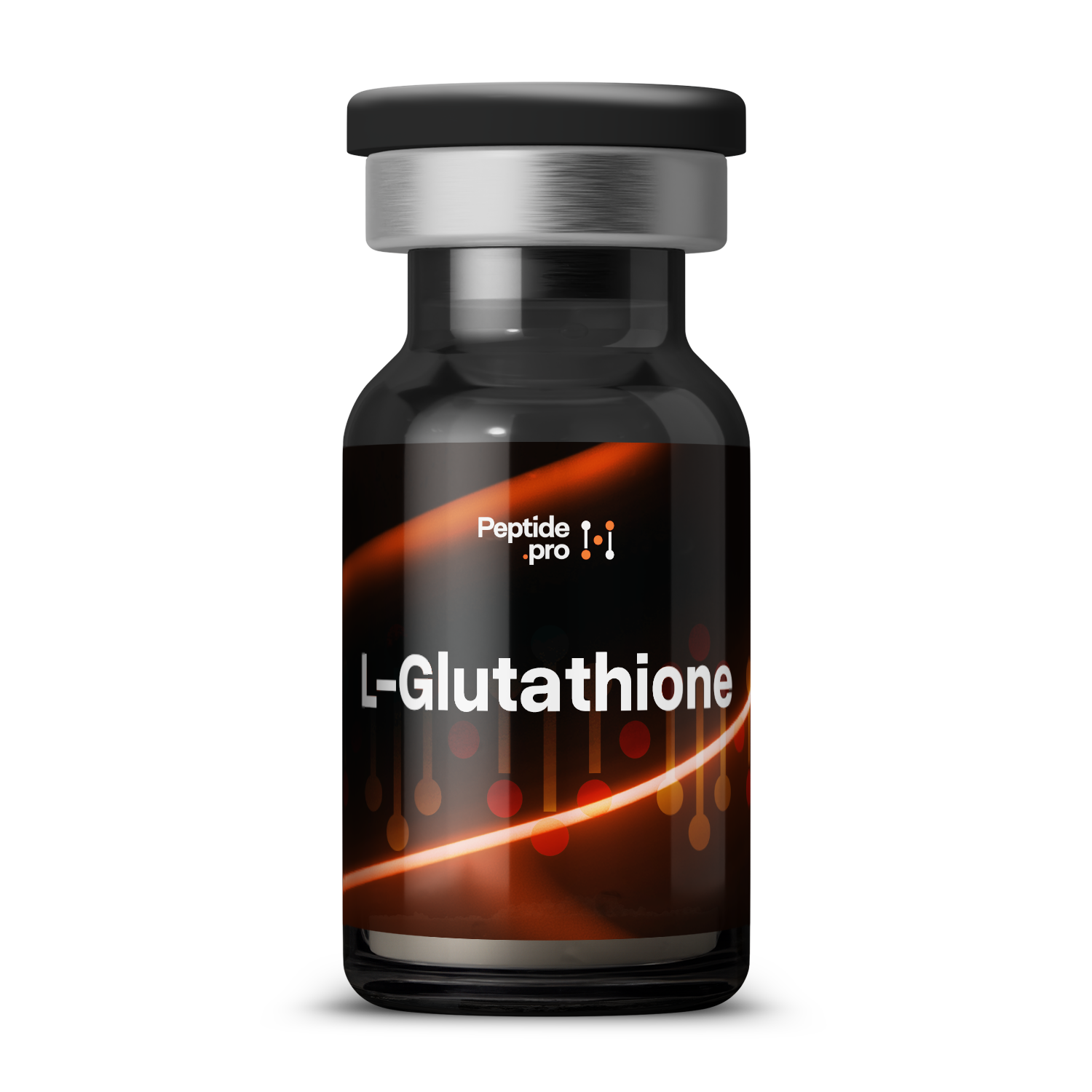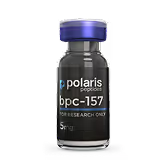Compound Overview
About the product
The molecule links the γ-carboxyl of glutamate to the amino group of cysteine, with glycine at the cysteine’s C-terminus. This “γ-glutamyl” bond distinguishes it from typical peptide linkages and imparts resistance to some proteases. No non-natural amino acids are present. Pharmaceutical-grade and supplement forms are purified by chromatography to ≥98 % purity and verified by mass spectrometry.
Glutathione directly scavenges reactive oxygen species and regenerates other antioxidants such as vitamins C and E. It supports the activity of glutathione peroxidase (an enzyme that reduces peroxides) and aids detoxification by conjugating with toxins in the liver. Cellular transport systems recycle oxidized glutathione back to its reduced form. In this way, it maintains redox balance and protects cellular components from oxidative damage.
The peptide is studied primarily for its antioxidant and detoxification roles. Human research suggests oral or IV glutathione can improve markers of oxidative stress in conditions like nonalcoholic fatty liver disease or Parkinson’s disease. Supplementation has been associated with enhanced skin lightening in small cosmetic trials. Larger, controlled studies are ongoing to define its efficacy in chronic disease prevention.
Glutathione is generally well tolerated, with occasional reports of mild gastrointestinal upset or skin rash. No serious adverse events have been documented at typical supplemental doses. Safety data in pregnancy, lactation, and long-term high-dose use are limited. Monitoring of liver and kidney function is advisable when used in clinical research settings.
Glutathione is produced by enzymatic synthesis using γ-glutamylcysteine synthetase and glutathione synthetase in vitro, or by recombinant fermentation in microbial systems. After biosynthesis, it is purified by ion-exchange and reverse-phase chromatography to research-grade or pharmaceutical standards. Final product quality is confirmed by HPLC and mass spectrometry.
L-Glutathione is approved as a dietary supplement in many countries, including the U.S. and EU, but is not regulated as a drug. Intravenous and intramuscular formulations are used in clinical settings in some regions under physician supervision. It cannot be marketed with disease-treatment claims in most jurisdictions. Research-grade glutathione is available under investigational-new-drug or equivalent frameworks.
Oral supplement doses typically range from 250 mg to 1 g daily, divided into two or three administrations. Intravenous protocols in clinical studies have used 600 mg to 2 g per infusion, one to three times weekly. No standardized guidelines exist beyond these usages. All dosing in research should follow approved protocol designs.
- Do take oral glutathione on an empty stomach to enhance absorption.
- Do monitor oxidative-stress biomarkers in clinical research settings.
- Don’t assume oral bioavailability matches IV administration, absorption varies.
- Don’t use high-dose IV glutathione without medical supervision.
- Q: Can glutathione whiten skin?
- A: Small trials suggest modest lightening, but definitive evidence is lacking.
- Q: Is oral glutathione effective?
- A: Oral absorption is variable; liposomal or nanoparticle formulations may improve uptake.
- Q: Does it interact with medications?
- A: It may influence detoxification pathways; consult a clinician if on multiple drugs.
For research use only. Not approved for medical use.


